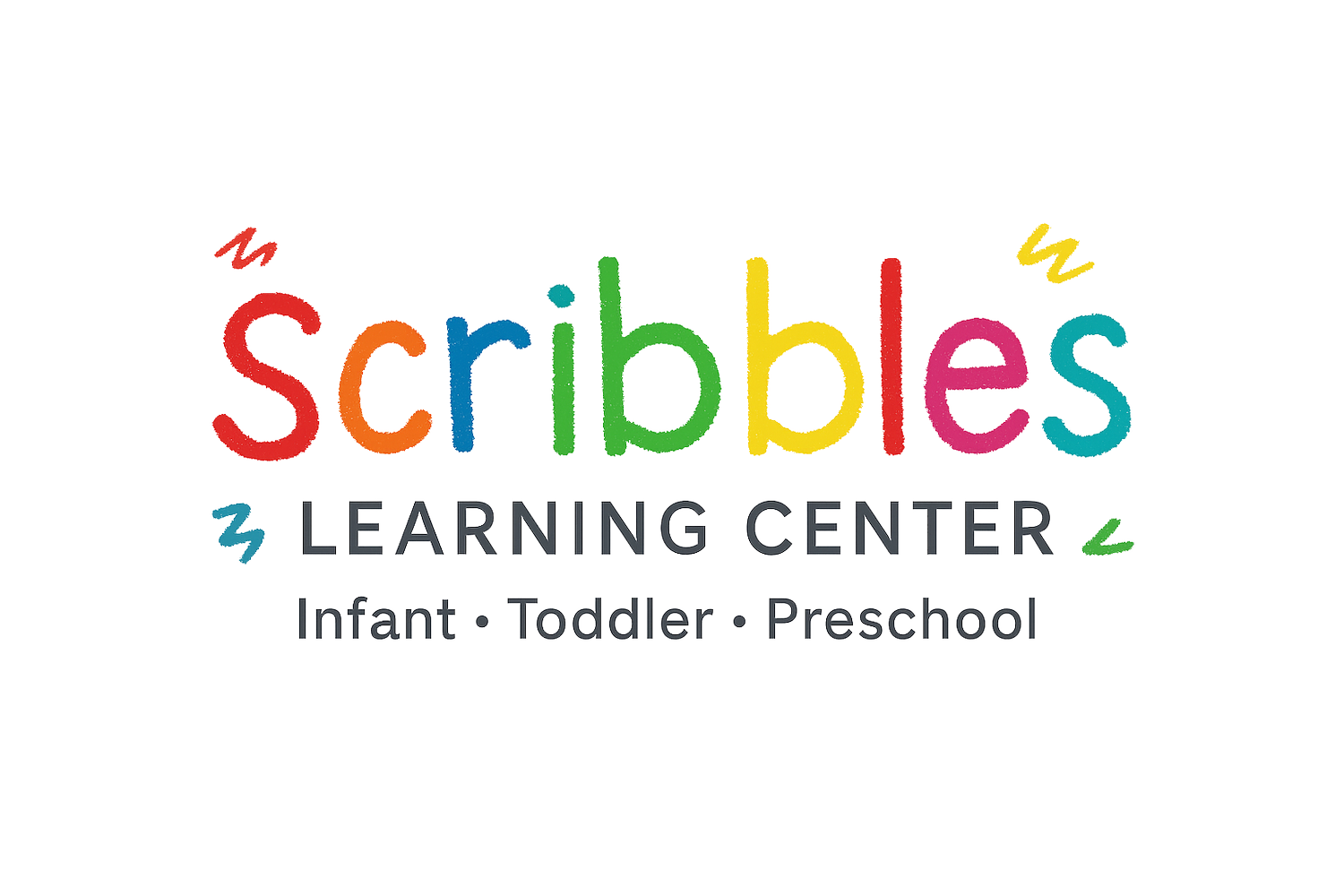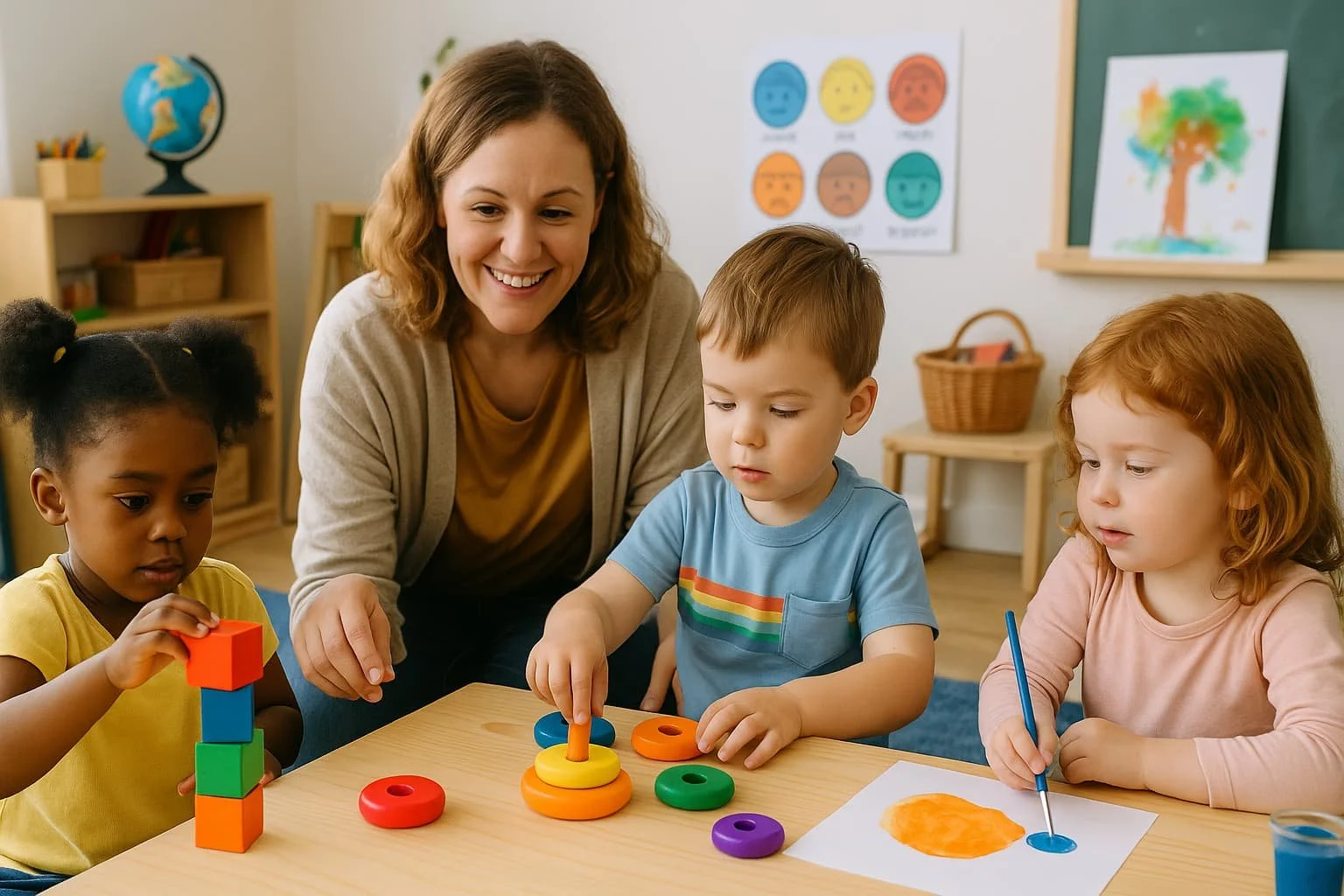Supporting Emotional Regulation Through Play
At Scribbles Learning Center, we know that play is so much more than fun - it's how children make sense of their world. Through play, they experiment, solve problems, and most importantly, learn to understand and manage their emotions.
In early childhood, big feelings are part of growing up. Frustration, excitement, sadness, and joy can all happen within a single minute! Play gives children the safe space and tools to navigate those emotions - turning challenges into opportunities for growth.
What Is Emotional Regulation?
Emotional regulation is a child's ability to identify, express, and manage feelings in healthy ways. It's what helps them take a deep breath when they're upset, wait for a turn, or find comfort after disappointment.
These skills don't appear overnight - they're learned through connection, modeling, and most powerfully, through play.
How Play Builds Emotional Skills
1. Pretend Play Builds Empathy
When children take on roles - pretending to be a doctor, a parent, or a teacher - they begin to see the world through someone else's eyes. This strengthens empathy and helps them practice caring behaviors.
2. Block Play Encourages Problem Solving
When a tower falls, children learn to cope with frustration and try again. With a teacher's gentle support ("That fell down - let's see how we can make it stronger"), children develop resilience and patience.
3. Art and Sensory Play Offer Emotional Outlets
Painting, kneading dough, or exploring sensory bins gives children nonverbal ways to release emotions. These activities are calming, creative, and help children process big feelings safely.
4. Group Games Teach Cooperation and Self-Control
Simple games with rules - like "Simon Says" or "Red Light, Green Light" - teach listening, impulse control, and teamwork. Children practice waiting, following directions, and cheering on friends.
The Teacher's Role in Emotional Play
At Scribbles, teachers are not just observers - they're co-regulators. When a child feels overwhelmed, teachers model calm responses, name emotions ("It looks like you're feeling frustrated"), and help children find solutions. Over time, children learn to use those same strategies independently.
Our classrooms are designed with peace corners, emotion charts, and cozy spaces that remind children it's okay to take a break and breathe. We believe every feeling is valid - and every moment is a chance to learn.
How Families Can Support Emotional Regulation at Home
Label emotions: Use words like "I see you're disappointed" or "You look excited!" to help your child build an emotional vocabulary.
Create calm-down spaces: A soft blanket, stuffed animal, and a few books can make a cozy retreat for big feelings.
Play together: Board games, pretend play, and art time all build patience, communication, and connection.
Model your own coping skills: Show your child what you do when you feel upset - take a deep breath, stretch, or talk it out.
Play is the natural language of childhood - and through it, children learn to navigate their emotions, build empathy, and develop lifelong resilience. At Scribbles Learning Center, every block tower, dramatic play scene, and art project is more than just play - it's emotional learning in action.

